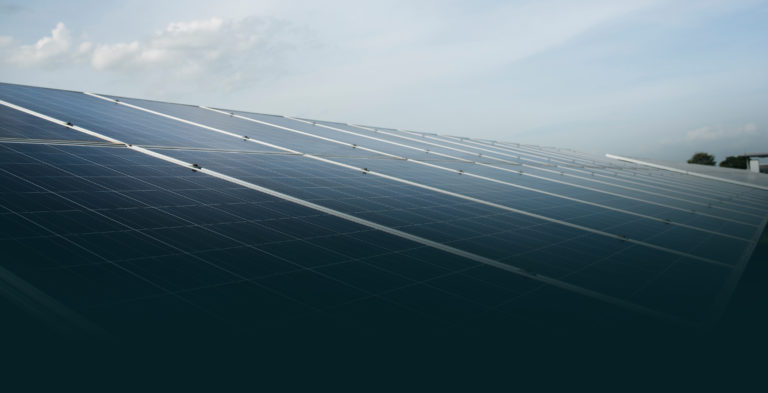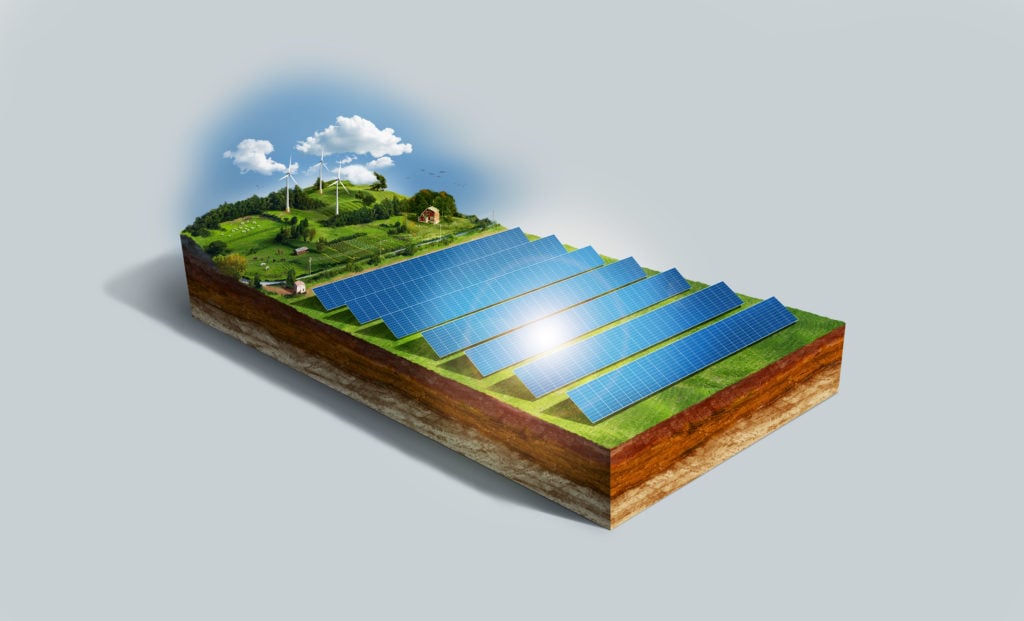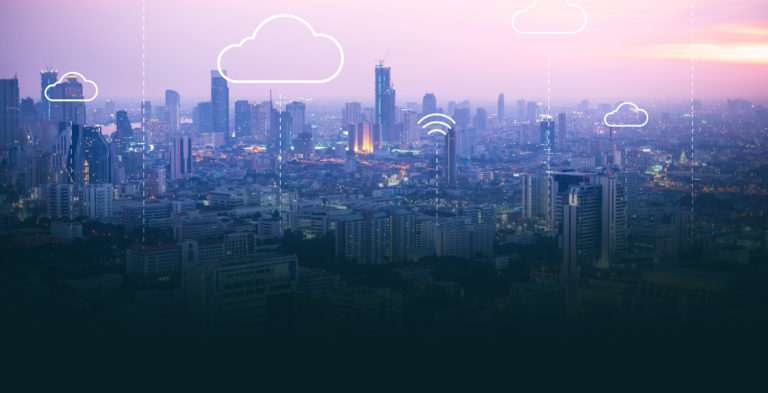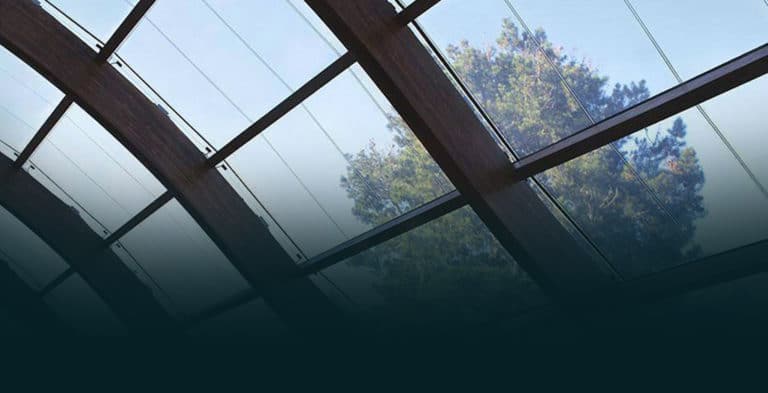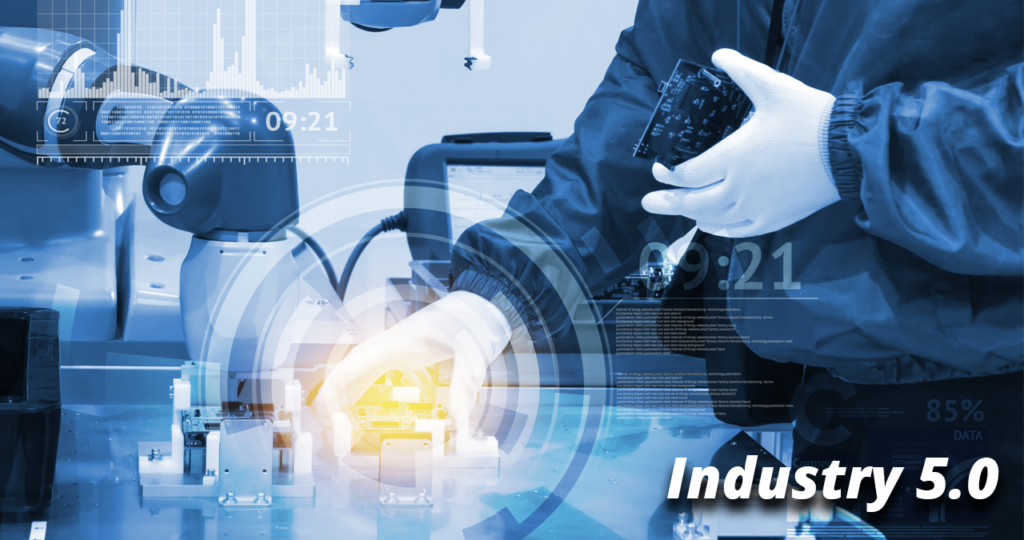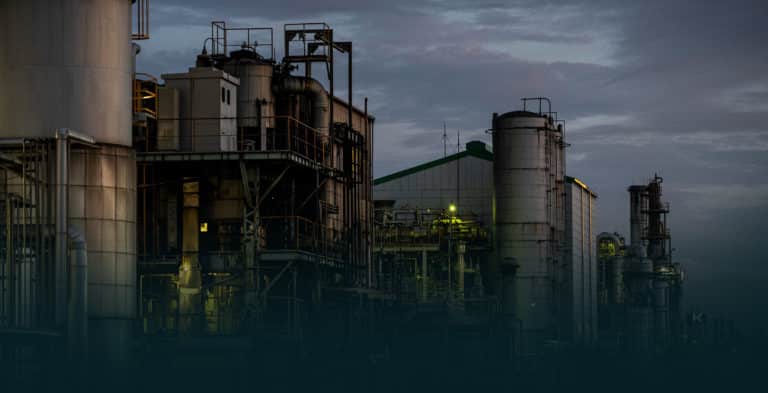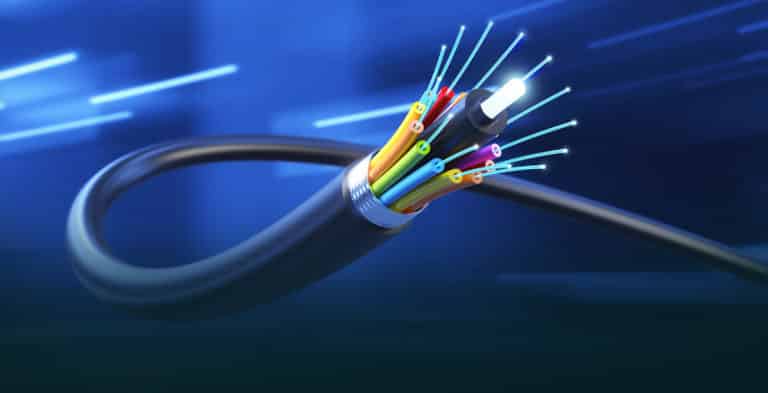Role of Automation in Healthcare?
Automation in healthcare will be really useful in carrying out several processes in the healthcare sector. Technology is the motor that propels the healthcare system ahead, from increasing patient experience to upgrading medical processes. Intelligent automation has aided a technology re-imagining of healthcare by streamlining digitization, speeding up operations, and providing previously unthinkable efficiencies. This means that automation in healthcare will provide patients with better care since employees will be freed from more clerical, less human-facing duties.
Consider how much time and effort you put into administrative chores including record-keeping, insurance authorizations, invoicing, medical coding, and even simply shifting data from one system to another. So Automation in healthcare can be described as an effective method for Implementing several healthcare operations.
This post will go through some of the most effective digital automation tools in the healthcare industry. In healthcare, automation refers to the use of various software to increase efficiency in the delivery of medical services. For the sake of efficiency, this technology makes use of modern procedures and tools.

What Role Does Automation Play in Healthcare?
It’s amazing to think about how far modern tools and technologies have come all these can be used in healthcare by implementing Automation in healthcare. These tools are now being used to help develop high-performance computing and data processing. We all like to use the most advanced healthcare systems. We all want to see more efficiency and consistency in our work. That’s exactly what automation does. Plus, there’s more. It’s transforming the healthcare industry and leading to even more progress. Most operational and administrative aspects are likewise affected by technology. These are the following;
Ordering has been improved
The ordering procedure is time-consuming and difficult. A single order on an EAR machine requires numerous clicks to complete. Predictive AI technology, on the other hand, Automation in healthcare can make the ordering process more efficient by using several tools.
Faster Billing
The use of AI in revenue systems can aid in the faster regeneration of bills. Additionally, when presenting bills to patients, this saves time, resulting in higher customer satisfaction.
Data Retrieval in a Shorter Time
The generation of data is an important element of health care. The ability of EHR devices to create data in real-time is being increased. This will make data extraction and patient care better. Furthermore, health practitioners will have easy access to the necessary data when they need it.
How is Automation utilized in the healthcare sector?
In medical diagnostics, speed and precision are essential
When it comes to diagnosing illnesses, especially serious ones, time is of the essence. The patient’s chances of getting worse or succumbing to the disease increase if the diagnosis is delayed. Health personnel might easily make mistakes when trying to speed up the process, resulting in erroneous results. The automated diagnostic approach, on the other hand, provides more precise results.
Patient participation and management have improved.
Most patients nowadays use mobile apps to boost their involvement. Patient care can be managed more easily with the use of service mobile apps. They make it easy to schedule appointments, look up patient information, and pay bills at the hospital. Apps can also be used by patients to seek medical advice and contact doctors.
Errors are kept to a minimum
Simple errors in healthcare delivery can be quite costly. Due to weariness and inattentiveness, physicians are prone to making mistakes. This is not the case, however, with automated devices. Electronic systems can help healthcare practitioners provide timely and efficient services. A computerized plane is more streamlined and eliminates the possibility of errors. Automation in healthcare can also prevent all these problems.
Early Detection of Disease
Patients benefit from early detection in a variety of ways. It enables early therapy, which slows the progression of the disease. It’s easier to determine if a patient has a specific ailment because of technological advancements like AI in healthcare. This occurs in the majority of cases before the onset of symptoms. The neural network, for example, can detect lung cancer in its early stages.
Less hazardous treatment options
With a more accurate diagnosis, the chance of problems from patients receiving the incorrect treatment is reduced. Doctors are confident in their recommendations, and patients receive the best possible care. An incorrect diagnosis also has a small chance of resulting in medical malpractice. Medical malpractice claims are reduced as a result of automation, which saves the patient a lot of time and money.
Quality care is provided.
Healthcare providers can now deliver improved services because of automation. Improved efficiency, better patient care, and retrieval of patient data are only a few of them. Patient data is always available when it’s needed, which streamlines the care process. Patient indexing, data input, and medical history are just a few examples. Automation in healthcare also allows health practitioners to keep a closer eye on their patients, remind them of follow-up appointments, and charge more quickly.
Availability of services at a reasonable price
Treatment of illnesses before they cause major damage to a patient’s health is easier and less expensive. Automation, as previously said, allows for faster and more accurate diagnosis. In addition, health professionals can readily prescribe the appropriate treatments to prevent infections from becoming worse. This allows a patient to treat their ailment before it worsens, which saves money.
Hospitals can improve clinical precision, reduce human error, improve patient happiness, and increase practice productivity by automating healthcare activities. They’ll be able to unload a significant portion of their staff’s clerical chores as a result, allowing them to focus on their more highly skilled work. Finally, these advantages should be combined to increase not just the economics of a medical institution, but also the quality and timeliness of services. Automation adds value to any human work, but healthcare automation is especially important since it directly affects human lives.

Department : Industrial Automation
Linkedin :

